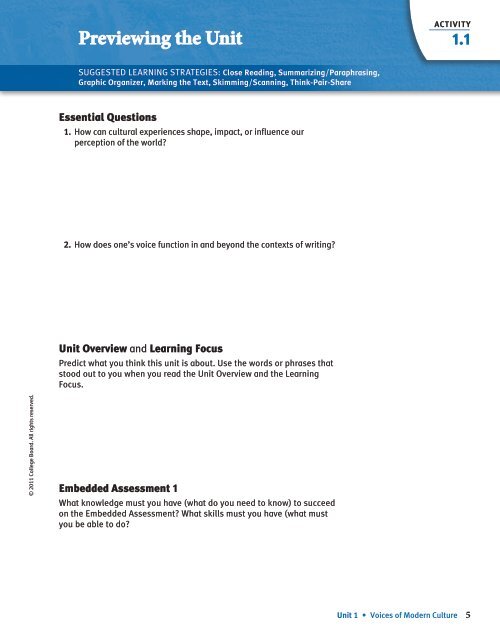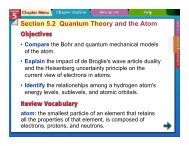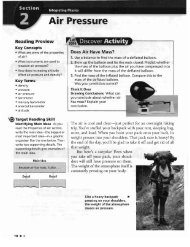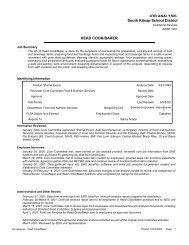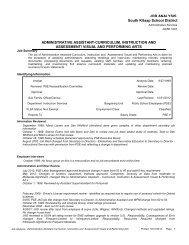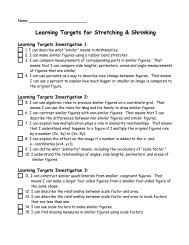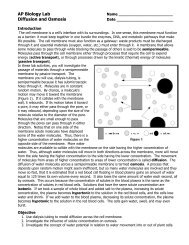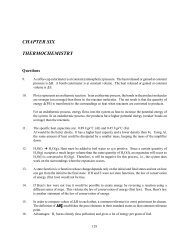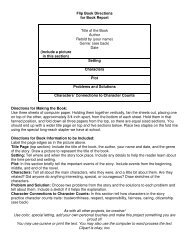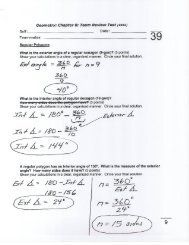Voices of Modern Culture
Voices of Modern Culture
Voices of Modern Culture
You also want an ePaper? Increase the reach of your titles
YUMPU automatically turns print PDFs into web optimized ePapers that Google loves.
The double riser operates as follows: On minimum flow, there is initially insufficient gas velocity tocarry oil upward, and oil begins to collect in a trap at the bottom <strong>of</strong> the risers, eventually sealing thelarger line, whereupon the velocity <strong>of</strong> the smaller line increases and carries oil upward and back tothe compressor. On the resumption <strong>of</strong> full flow the seal is broken and both lines are utilized. It’simportant that the trap be made <strong>of</strong> close coupled elbows in order to provide a minimum oil holdingreservoir.Pipe Routing Important, TooBesides accurate pipe sizing to control refrigerant flow and guarantee oil return, certain physicalpiping configurations are used to aid oil return and protect the compressor from possible damagedue to liquid refrigerant “draining” into the compressor during the <strong>of</strong>f periods. Not all designersand engineers agree as to the merit <strong>of</strong> many <strong>of</strong> the loops, traps, etc., that have evolved, generallythrough experience rather that through research. For example, some designers feel that it’simportant to pitch horizontal suction lines toward the compressor to encourage oil return, others feelthat it’s unnecessary when lines are properly sized.On very high suction lift installations, where the compressor-condenser is above the cooling coil, asthe case might be when condensing sections are placed on the ro<strong>of</strong> <strong>of</strong> the multi-story apartmentbuilding, it’s <strong>of</strong>ten recommended to provide traps in the suction line at specific heights (Figure 7) toact as oil reservoirs. This is an attempt to eliminate any delay <strong>of</strong> oil return on start-up. Without thetraps, oil would drain all the way down back to the evaporator. One manufacturer’s rule is to placeone trap for every 20 to 25 ft. <strong>of</strong> elevation.5


